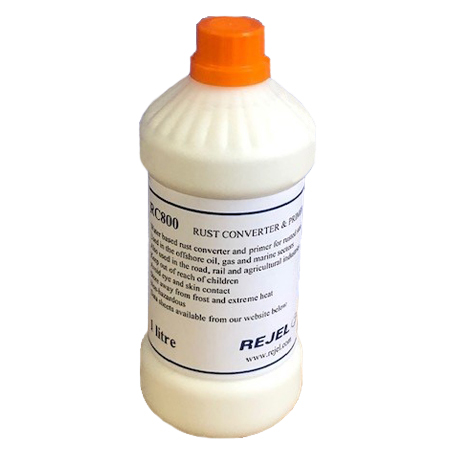Posted by REJEL on 17th Mar 2023
Where and how to apply DINITROL rust converter
Rust converters are formulated to treat surface rust and should be followed by the application of a rust proofing coating. Applied correctly, a rust converter will give maximum effect as part of a full rust prevention regime for your car. A rust converter doesn't remove rust, it converts it to a black coating that keeps out moisture and prevents further rusting from taking place.
Surface preparation for rust converter application

The effectiveness of a rust converter is dependent on good surface preparation.
- Remove excess flaky rust with a stiff bristled brush - this step is important but no need to scrape down to bare metal surface
- Clean and de-grease the surface - removing any trace of contaminant such as road salt which may interfere with the action of the rust converter
- Leave surface to dry thoroughly
- Apply the rust converter and leave it to cure for a day
- After application of REJELRC800 rust converter, wait a few hours before roughening up before applying a primer and paint.
REJEL RC800 is formulated for use on rust covered surfaces where it kills and then chemically converts rust to a passive organic compound that bonds to the metal surface such as the body of a car. RC800 is a milky white liquid that once painted will turn into a blue dry surface and then to black once rust conversion has taken place. Can be used internally or externally where rust is evident, including box sections. Ideal for door frames and inside sills.
DINITROL Converust RC900 forms an impenetrable barrier to oxygen and moisture. Ideal for cavities, panels and under-carriage. Loose and flaking material should be removed but don't clean down to bare metal.
DINITROL rust converter is used to treat rust on a number of different applications such as marine vessels, classic car restorations, buses, coaches and trains. Visit Rejel to order your rust treatment and rust protection products.
